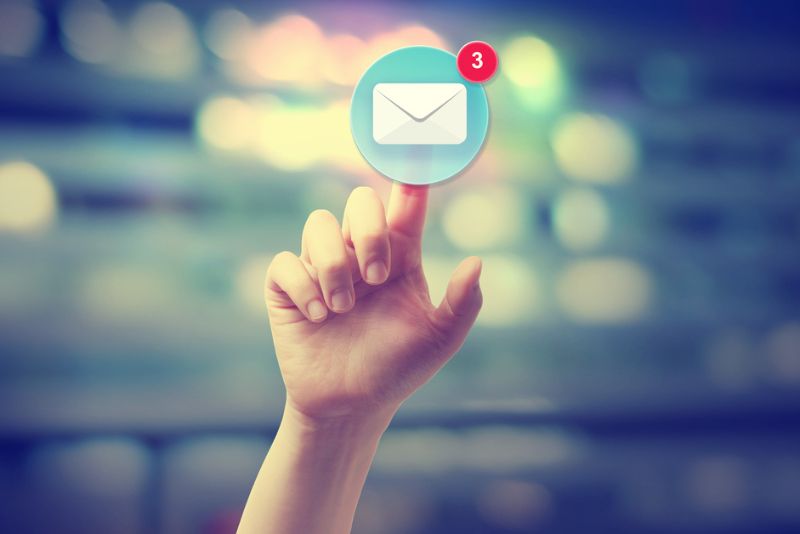Post purchase emails are one of the most neglected forms of marketing despite being one of the most effective. Without a post purchase email, you’re missing out on a lot of repeat customers as well as neglecting the relationship side of your customer base. You might be doing great in terms of sales right now, but the only way to grow and continue selling is for those same customers to come back for more. It’s all about seeing things differently. Don’t think of the sales as the end of the journey. See it as the start!

What is a post purchase email?
The trick of sending post purchase emails is not to come across as too pushy. You don’t want anyone to think that you’re desperate to sell, and you certainly don’t want to scare them away. Post-purchase emails are essentially automated email campaigns triggered when a customer makes a purchase from you. They play a vital role in any email marketing strategy by fostering customer relationships and enhancing the overall customer experience.
Different types of post purchase emails?
Your email marketing strategy post sale needs to reflect the product or service you are selling. Flood your customers with too many emails, and you risk irritating them enough to deter future purchases. On the other hand, sending too few or none at all can lead to them forgetting about your brand altogether. Striking the right balance is essential.
Here are several email strategies to consider:
Order Confirmation Email: Begin with an order confirmation email. This serves as a simple expression of gratitude for the customer’s purchase, providing essential details about the transaction and delivery. Its purpose is not to promote additional purchases but to acknowledge the order. Following this, consider sending a shipping confirmation email to keep the customer informed about their order’s status.
Cross-Sell Email: Use a cross-sell email to recommend complementary products or services based on the customer’s recent purchase. Start the email by saying something like, “Did you know we also offer…” This approach leverages their existing interest to potentially boost your sales.
Review Request Email: Encourage customers to provide feedback on their buying experience and the product’s quality. The review email helps you gather valuable insights and testimonials that can enhance your brand’s credibility.
Surprise Email: A surprise email is an effective way to entice customers to make another purchase. It offers something valuable to the buyer, such as a product discount, early access to a new product, an exclusive competition entry, or a personalised offer. The aim of this email is to show appreciation for their loyalty and foster a sense of connection.
Incorporating these email strategies thoughtfully will help you strike that balance between engaging your customers without overwhelming them, ultimately nurturing lasting relationships and driving continued sales.
When should you send a post purchase email?
While there are no strict rules regarding the timing of these emails, there are some best practices to consider. When sending the order confirmation, it’s important to do so promptly after the customer places their order. Waiting too long, such as a week after the transaction, would be counterproductive. In fact, many consumers anticipate this email immediately, and its absence might lead them to believe that their order hasn’t been processed.
As for the other emails, it’s important not to inundate the recipient with a flurry of messages in quick succession. Overloading their inbox not only comes across as desperate but can also be quite annoying. A generally recommended approach is to space the emails at least a week apart. The goal is to maintain a presence in their mind without becoming an annoyance.
The takeaway
You have an opportunity to convert a new customer into a recurring customer, and once that opportunity passes, it’s not easy to start over. Creating an email sequence is easy through a wide variety of email marketing tools such as Mailchimp or Klaviyo, and once you’ve set it up it will do all the work for you. Don’t focus solely on making sales. Focus on building relationships.
Tip: Think about the post purchase emails you get. Which ones make you immediately want to unsubscribe, and which ones entice you to buy again? Keep that in mind when you’re creating your own email sequence.


